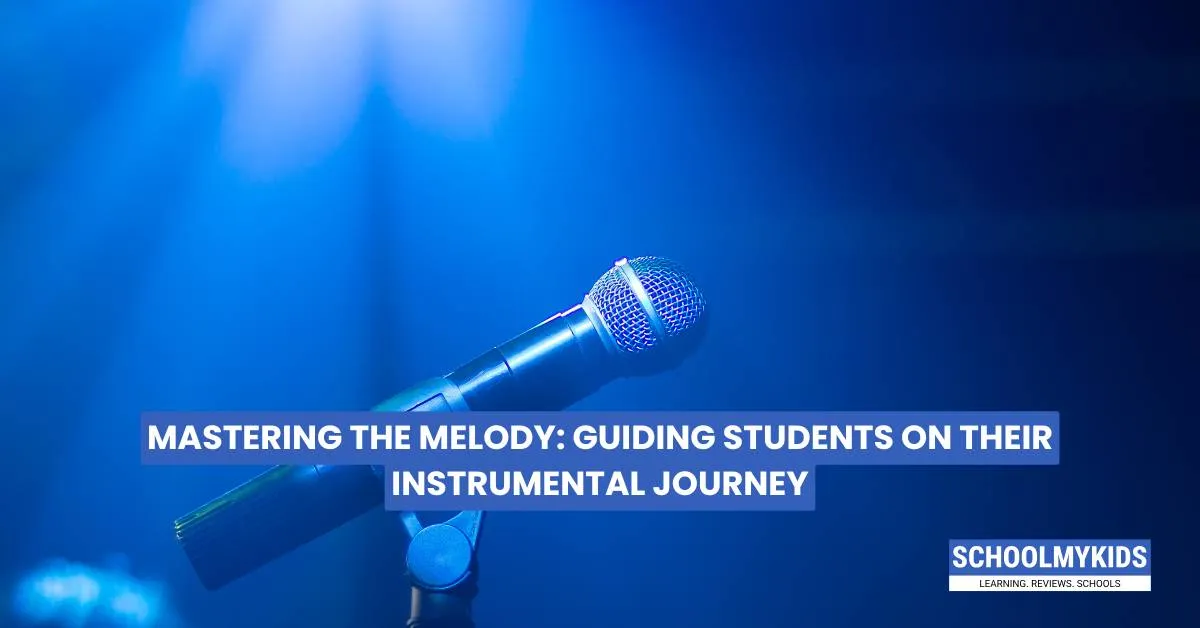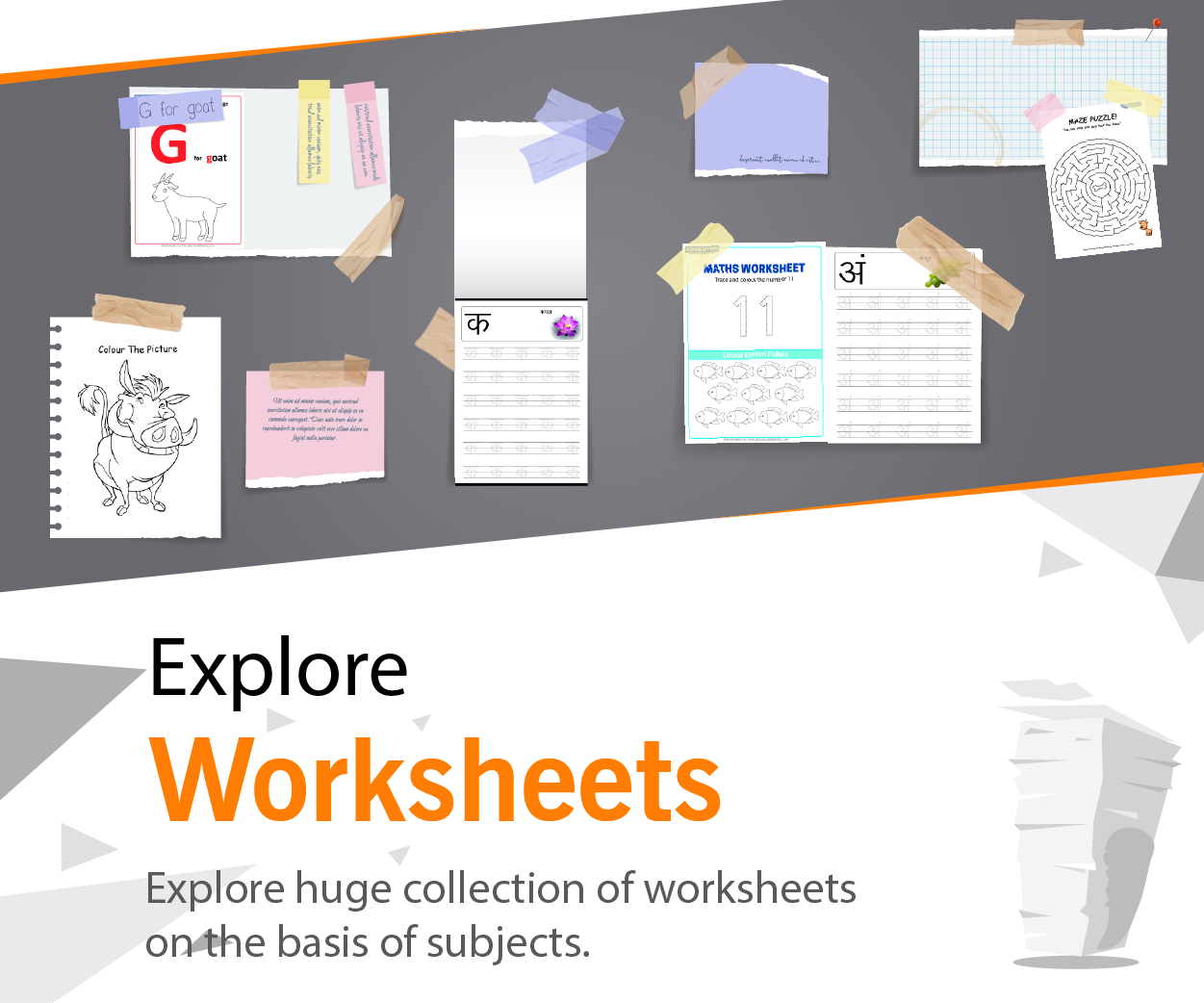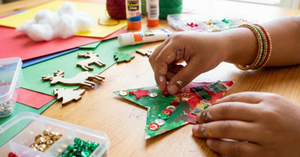Introduction
Learning a musical instrument is not just an extracurricular activity—it’s a discipline that shapes the mind, strengthens character, and opens doors to creativity and emotional expression. For school students, the journey of mastering an instrument goes far beyond playing notes. It teaches patience, perseverance, and the importance of consistent effort. Whether it’s a violin, guitar, flute, or keyboard, each instrument becomes a companion in the student’s growth.
In a world driven by quick results, helping students embrace the slow, rewarding process of learning an instrument is one of the most meaningful educational investments a school can make.
The Cognitive and Emotional Benefits of Instrumental Training
Instrumental learning is a full-brain activity. Research consistently shows that students who play instruments tend to have:
- Better memory and concentration
- Improved mathematical and spatial reasoning
- Greater emotional control and stress regulation
Learning an instrument challenges students to engage with rhythm, melody, finger coordination, and expression—all at once. Over time, it enhances their capacity to focus and solve problems creatively.
Emotionally, instruments provide an outlet for non-verbal communication. A student who struggles to speak up in class may find their voice through a cello or piano.
The Value of Starting Young
Early exposure is ideal, as it aligns with critical developmental stages. Younger students tend to absorb musical patterns more easily and adapt to muscle memory faster.
That said, it's never too late. With the right support, even middle and high schoolers can begin an instrumental journey and make impressive progress. What matters most is consistency, encouragement, and a growth mindset.
Key Elements of a School-Based Instrument Program
1. Access and Exposure
Students should have the chance to explore various instruments before choosing one. Hands-on demos, trial sessions, and beginner workshops can help eliminate intimidation and build interest.
2. Structured Curriculum
A well-designed instrumental curriculum includes:
- Basic theory and reading music
- Technique development
- Practice routines
- Listening assignments and peer feedback
- Performance opportunities
This balance of theory, practice, and performance keeps learning engaging and well-rounded.
3. Dedicated Practice Time
Just as schools allot time for physical education, they should create space for musical practice. Even 30 minutes a week within the school timetable can reinforce discipline and progression.
The Role of the Teacher-Mentor
Instrumental learning often flourishes under the guidance of a committed mentor. An effective music instructor:
- Understands each student’s pace and learning style
- Balances technical instruction with emotional encouragement
- Introduces diverse music to broaden perspective
- Celebrates small wins to build confidence
Mentorship also means helping students navigate setbacks—missed notes, slow progress, or frustration—with resilience and patience.
Beyond Technique: What Instruments Really Teach
1. Delayed Gratification
Unlike quick academic tasks, mastering an instrument takes months or even years. Students learn to trust the process and embrace the long game.
2. Self-Discipline
Practice isn’t always exciting. But showing up, day after day, builds habits that serve students in all aspects of life—from studying to future jobs.
3. Creativity and Self-Expression
Once basic proficiency is achieved, students can experiment—composing, improvising, or performing their favorite songs. It becomes personal, empowering, and joyful.
Performance and Community Building
Recitals, school concerts, and ensemble participation offer students the chance to share their work. These moments:
- Build confidence and stage presence
- Encourage peer learning
- Create a sense of belonging in a musical community
Ensembles like bands or orchestras teach teamwork, listening skills, and compromise—valuable interpersonal lessons wrapped in melody.
Overcoming Barriers
Schools may face challenges like limited budgets, insufficient instruments, or lack of trained instructors. Creative solutions include:
- Partnering with local musicians for mentorship
- Fundraising through music events or donations
- Incorporating digital tools like GarageBand or online learning platforms
Even one instrument, shared between students, can become the foundation of a powerful program.
Conclusion
Helping students master an instrument isn’t just about producing musicians—it’s about cultivating discipline, self-confidence, and a lifelong love of learning. Every note they struggle through, every practice session they complete, is a step toward greater focus, self-expression, and personal growth.
When schools champion instrumental learning, they’re not just creating melodies—they’re shaping minds that think critically, feel deeply, and express boldly.









Be the first one to comment on this story.